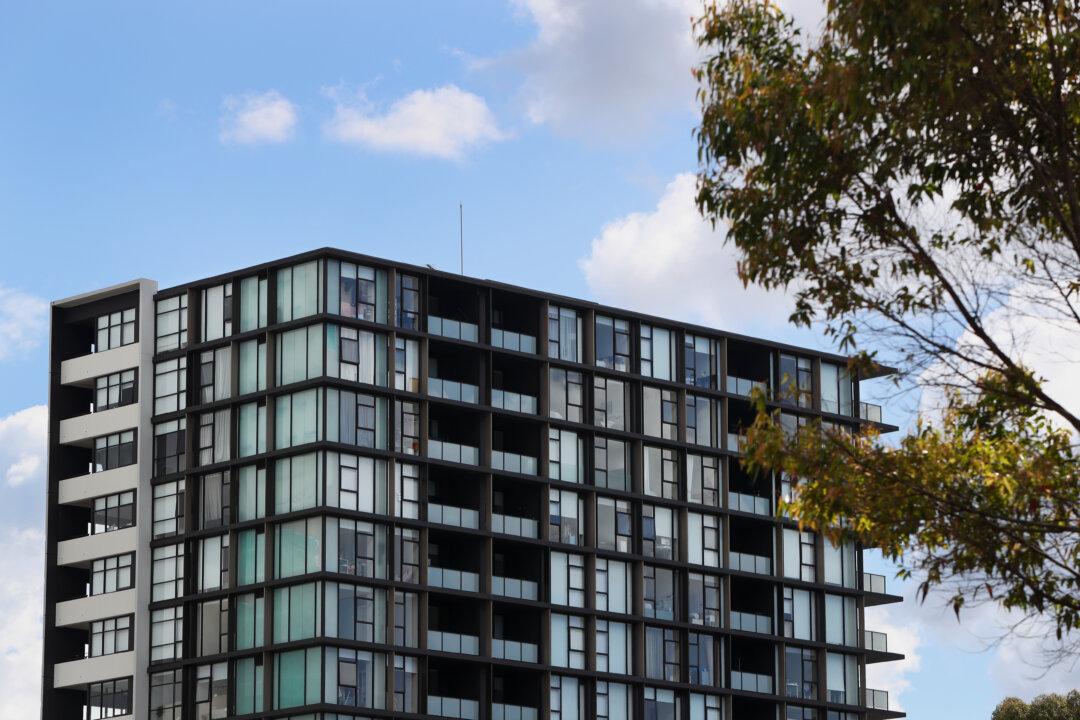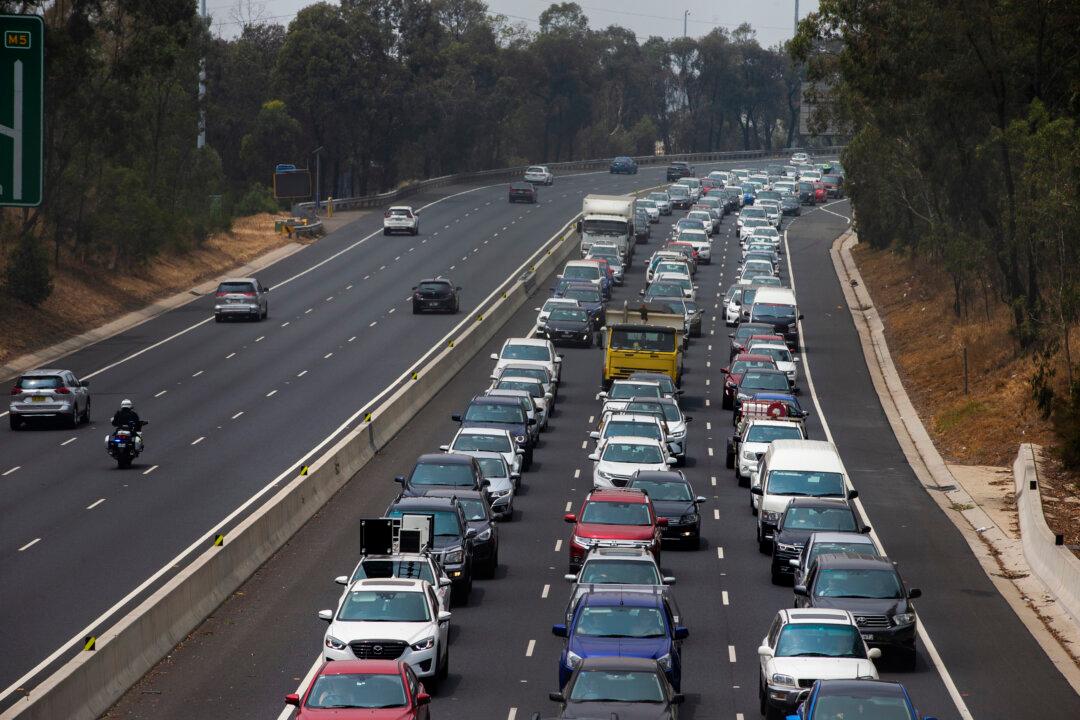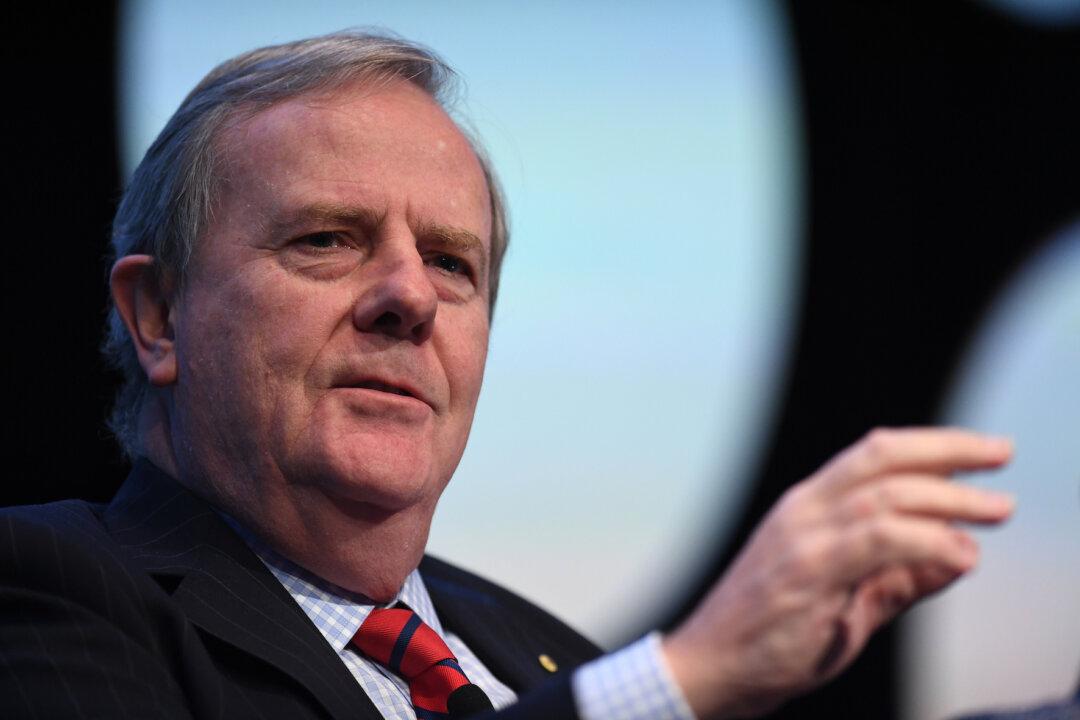A growing population means NSW will need 377,000 homes within the next five years to be on par. However, last year, only a little over 48,000 homes were completed, well below the 59,000 completed in Victoria.
The housing shortage is also impacting on a national level. As part of Labour’s federal budget on Oct. 25, Treasurer Jim Chalmers announced a national plan to build one million energy-efficient homes in five years by 2029.





